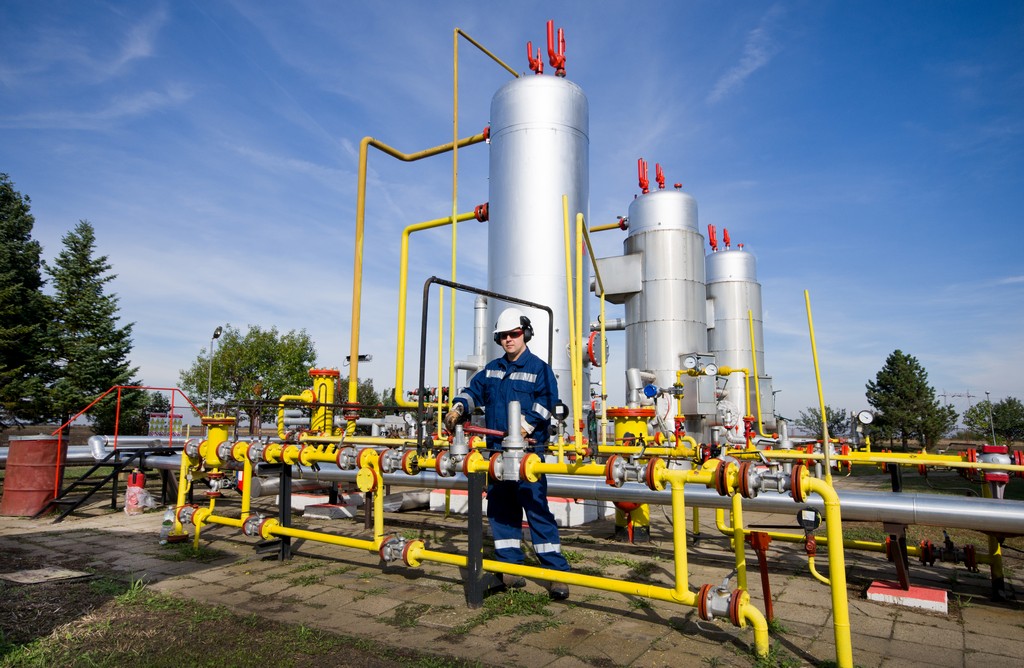Fueling gas peaker plants using natural gas has twice the accelerating effect on global warming, according to a study conducted by party-list group Alyansa ng mga grupong haligi ng Agham at Teknolohiya para sa Mamamayan (Agham).
Agham President Angelo B. Palmones said that the findings on gas peaking plants back up previous statements that liquefied natural gas is not clean, and not a way for a cleaner energy.
“As we continued our studies into the topic, it was discovered that fueling gas peaker plants with natural gas affects our climate twice. Most obviously, by the carbon pollution that rises from the smokestack at the plant,” he was quoted in a statement.
“But as [American environmentalist] Bill McKibben writes, any methane that escapes unburned into the atmosphere on the way to the power plant warms the planet very effectively that if you leak more than 2 or 3 percent, it’s worse for climate change than coal. Gas is not 100 percent green, as some companies want the public to believe, and it is not exactly ‘good’ power,” he added.
Last month, Agham made a call to the government to manage and limit investments on natural gas because it is also harmful to the environment, and not a true clean energy source.
Palmones explained that to reduce methane emissions, natural gas usage should also be decreased.
“It’s complicated, but basically the leak rate is a percentage of total consumption, so leaks increase [or decrease] when natural-gas consumption goes up [or down],” he said.
“Until industry acts to stop the leaks, more natural-gas consumption means more methane in our atmosphere, and an acceleration of global warming. We have to put a stop to adding more gas power plants immediately, as this is hazardous to our environment,” he added.
Palmones also noted his concerns on the huge cost of gas peaking plants that are passed on to customers as seen on findings detailed in cleanenergy.org in Southeast America.
“The fuel expenses at the 14 plants listed in the article increased from an average of $357 million per year to $567 million in 2016, despite fuel prices dropping from $65 to $42 per MWh. So the answer to this mystery is literally a $210-million question,” he said, citing cleanenergy.org.
Carbon dioxide emissions from gas peakers increased from an average of 9.4 to 16.7 million tons in 2016.
“For comparison, total carbon emissions in 2016 from Southeastern utilities were 428 million tons. The 2016 carbon total was the lowest of the modern era [carbon-dioxide emissions in 2010 were 530 million tons], but if natural gas combined cycle plants had been used instead of peakers, roughly 2 million tons of carbon emissions could have been avoided,” the group said.
The group referred to methane as CO2 on steroids, as it lasts around 12 years trapping atmospheric heat 87 times more effective than CO2, then it transforms to CO2 itself.


